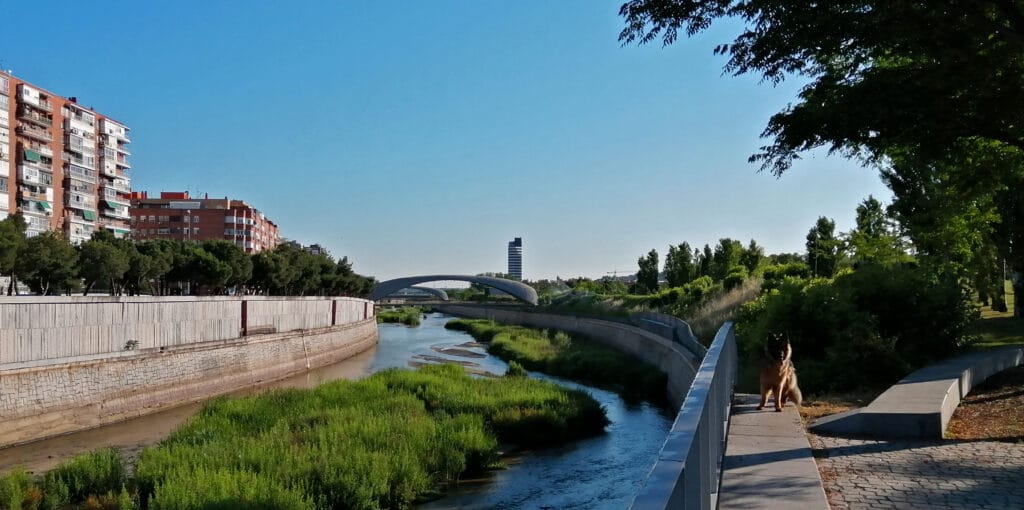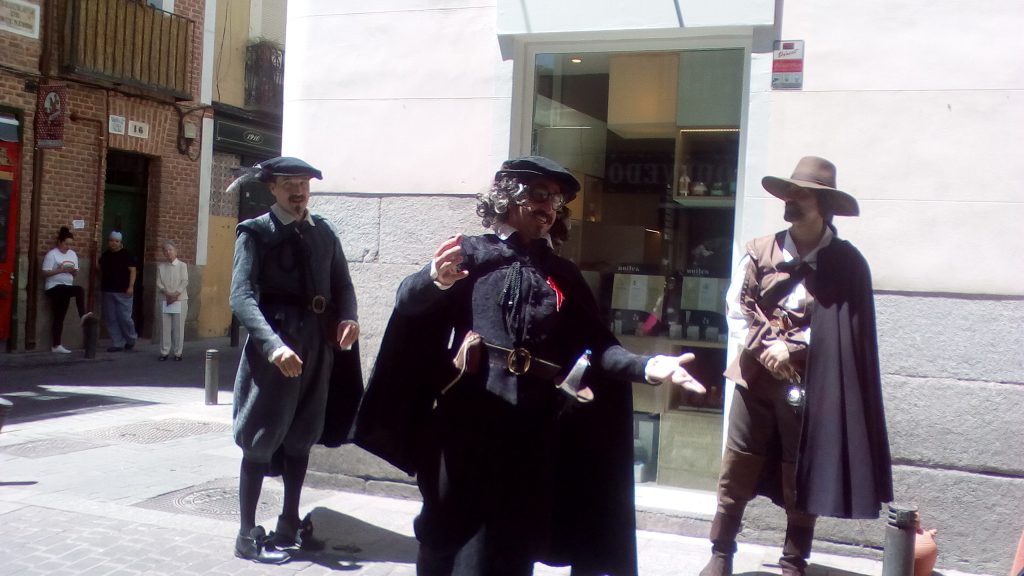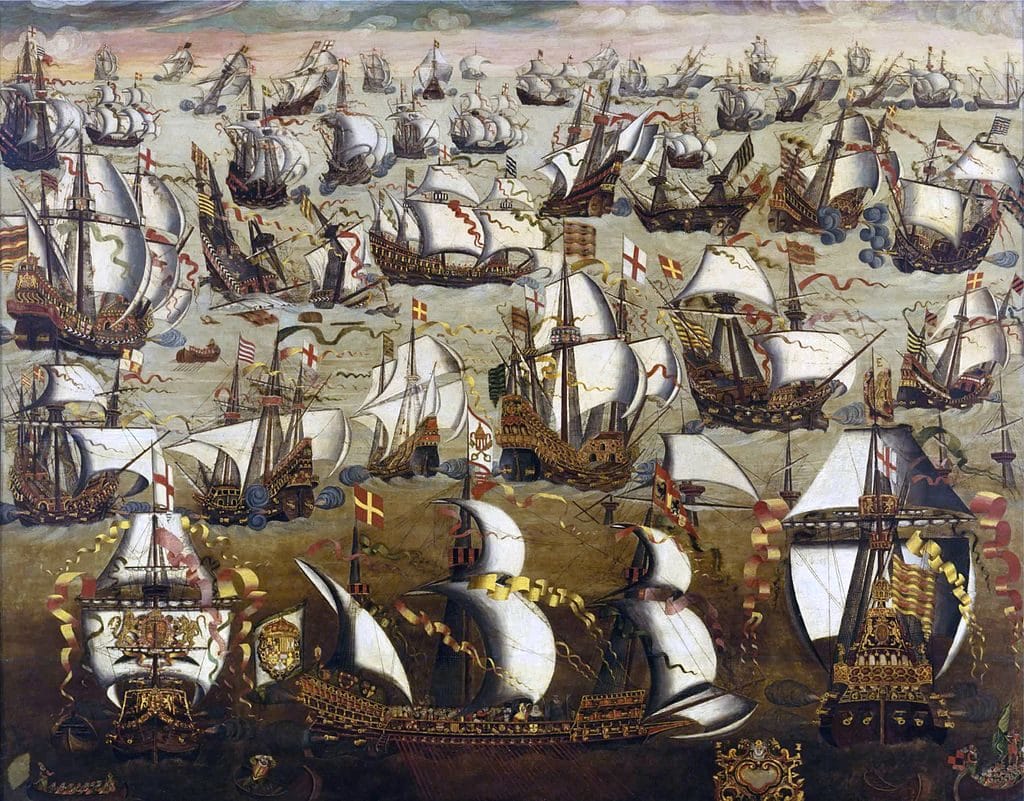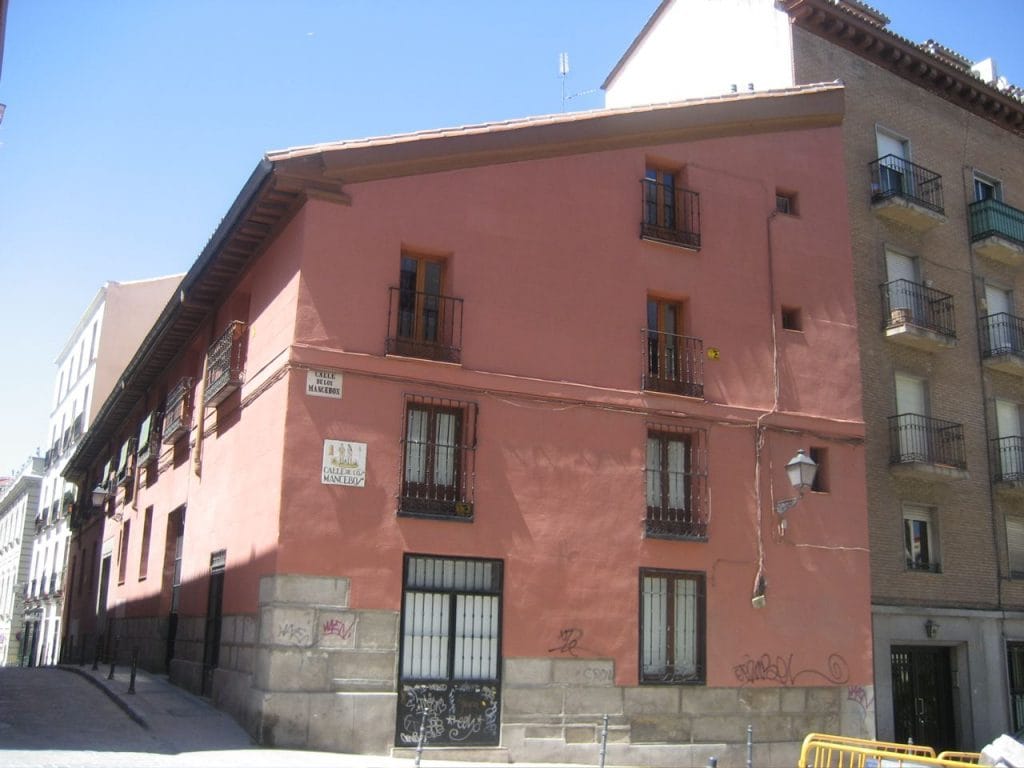A deeper look at the Manzanares River
Visitors to Madrid often leave the Manzanares River off their itineraries in favour of the Prado, the Royal Palace and Retiro Park. That’s not to say it isn’t popular. Ever since a €4 billion rewilding project was completed in 2011, the river has become a haven for locals taking a pleasant stroll or bike ride along its verdant banks. But it’s not just a green sanctuary, the riverside is also rich with local history and if you want to delve deeper into this, I highly recommend local historian Clare Starkie’s amazing audio walking tour: Manzanares River’s Story from Prehistory to Popular Park.
I recently had the pleasure of interviewing Clare for my podcast, where she delved into her fascinating research and the creation of her audio tour, which uncovers the hidden history along the riverbanks. From prehistoric wildlife to 16th-century royal projects, Clare gives some fascinating insights into Madrid’s past. If you’re keen on discovering a more serene, historic side of the city, this Voicemap tour is a must.

Prehistoric roots
Clare’s journey began when she moved to Madrid and found herself living near the Manzanares River. Walking along its newly revitalized park, she was struck by the lack of tourist information on the area’s deep-rooted history. As Clare shared in my podcast, “I was surprised by how little information there was about the river, especially considering its history stretches back 300,000 years.”
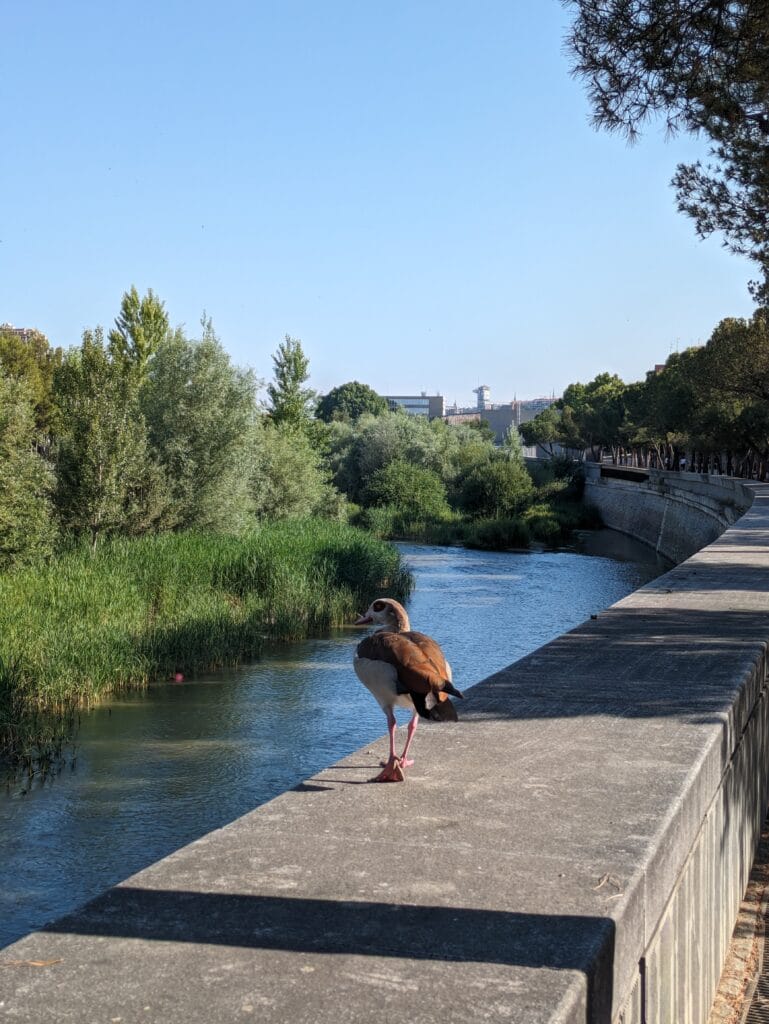
From woolly mammoths to early human settlements, the Manzanares was once a lifeline for prehistoric communities. Clare recounts how archaeologists uncovered remains of over 20 woolly mammoths in the heart of Madrid, a fact that astonishes even locals. “It sounds crazy,” she said, “but there are people who don’t realize Madrid’s history goes that far back.”
King Felipe II’s grand canal project
The river wasn’t just important for prehistoric wildlife. Clare highlighted the ambitions of King Felipe II, who once planned to connect the river to the Atlantic Ocean by constructing a 20-kilometer-long canal. It’s a little-known piece of history, and Clare’s audio tour includes the details of this grand but ultimately unfulfilled vision.
She added, “Although people often say Madrid doesn’t have much of a river—it’s shallow, and compared to the great rivers of Europe, it’s small—it’s still packed with fascinating stories.”
Travelling through time along the riverbank
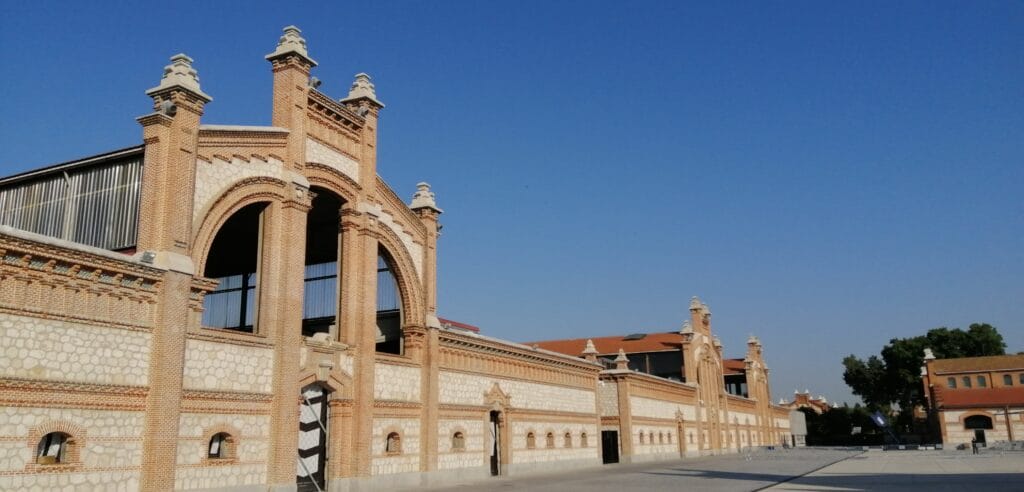
Clare’s tour starts at Matadero, a former slaughterhouse turned cultural centre. From there, visitors can explore landmarks like the Toledo Bridge and Arganzuela Footbridge, all while listening to Clare’s narration of the river’s history. The walking route winds through the peaceful, green Manzanares Rio Park, providing an escape from Madrid’s city center.
If you’re interested in more obscure sights, Clare’s tour also covers monuments like the Obelisco de la Castellana, a curious structure dedicated to a deposed queen, and the statues of San Isidro, Madrid’s patron saint, who supposedly performed over 400 miracles.
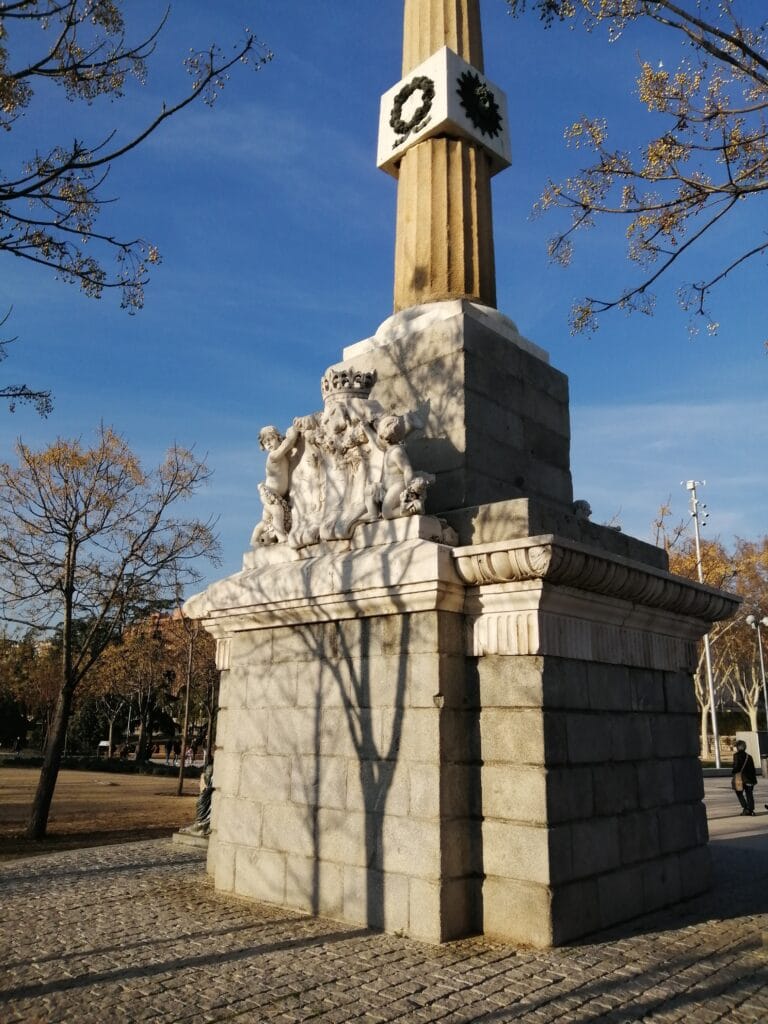
A perfect escape from the city
For Clare, the Manzanares River has become her sanctuary. “Living in Madrid can be overwhelming sometimes,” she said, “but taking a bike ride or a walk along the river is my way of relaxing. You’re still in the city, but you feel like you’ve escaped into nature.”
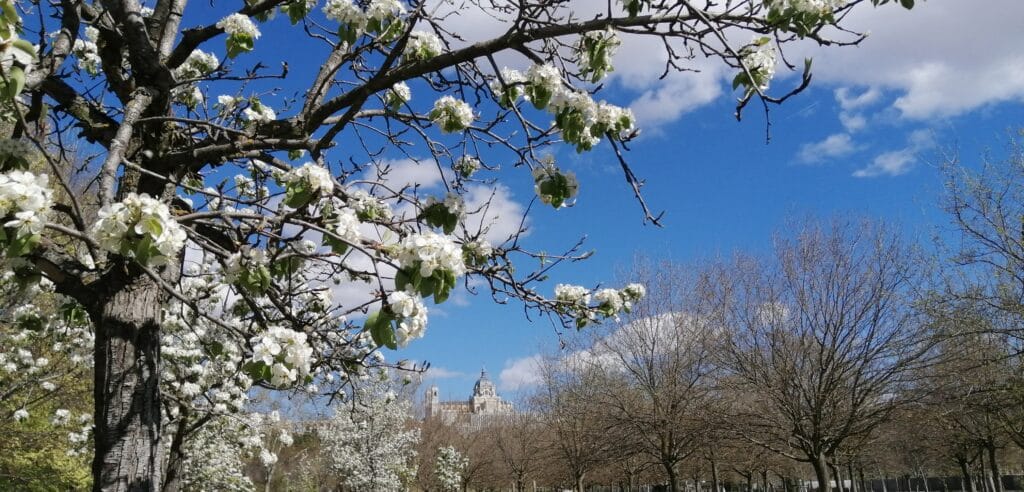
To hear more about Clare and her insights into life in Madrid, look out for my podcast, in which Clare not only discusses the history of the Manzanares River but also gives insights into how to become a specialist English teacher.
Take Clare’s Tour Today!
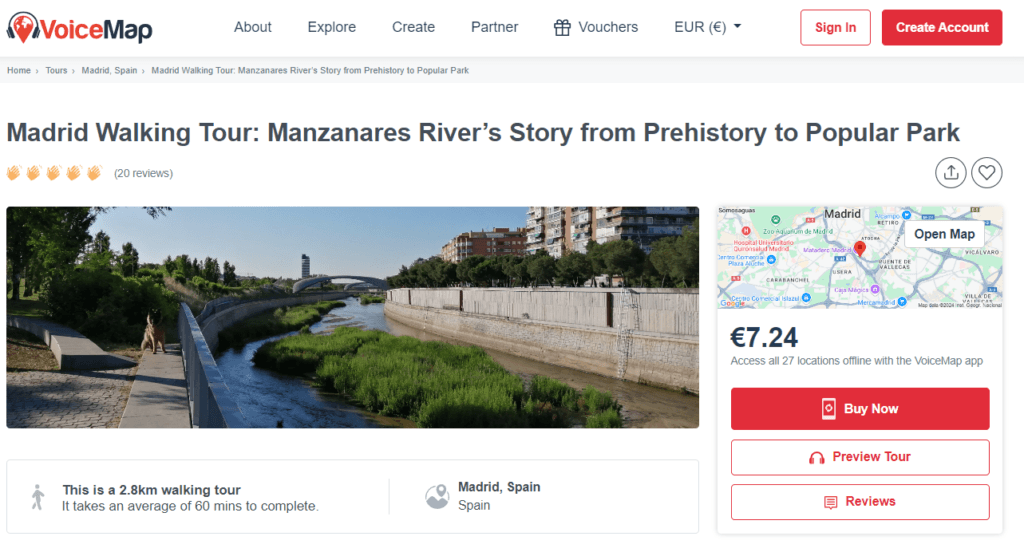
Clare now has two audio tour routes along the Manzanares River, available on Voicemap, an app that offers guided walks by local experts. The first covers some of the earliest uses of the river and the newest one explores the last 500 years of history. If you’re intrigued by the idea of wandering through Madrid’s quieter, historical side while learning about prehistoric beasts, royal ambitions, and forgotten monuments, you can download her tours and start exploring today.

